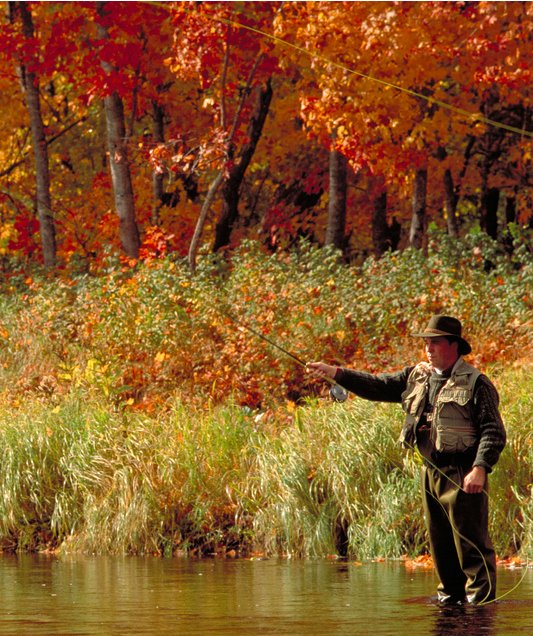


You've been waiting for the heatwave to break all summer and now it finally has. If you're lucky, you'll have a few weeks of sunny 60 degree weather before Old Man Winter comes calling. Hopefully the cooler weather will even knock down the bugs a little bit. Enjoy these days, and spend them outside. Photo: bradywahl










For some reason the number of "illnesses" among hunters consistently increases as the fall progresses and more hunting seasons open. If you show up to your job on Fridays in fall and it looks like you've stepped into a ghost town, you can bet you work with a bunch of hunters. Photo: YoTuT







Deer, turkeys, geese and pheasants all count on corn as a food source, and because of this, corn fields are always a favorite among hunters. In the Midwest, a lot of corn gets cut in October, but it all depends on when the fields are dry enough for the farmers. Photo: Aunt Owwee

Most bowhunting seasons around the country open in September. It's finally time to head out into the woods and get after that big buck you've been patterning all summer.

The hunter's moon is the first full moon after the harvest moon (the harvest moon is the nearest full moon to the autumnal equinox). The hunters moon got its name because hunters in Northern Europe used its light to shoot migrating birds. Photo: roadcrusher





